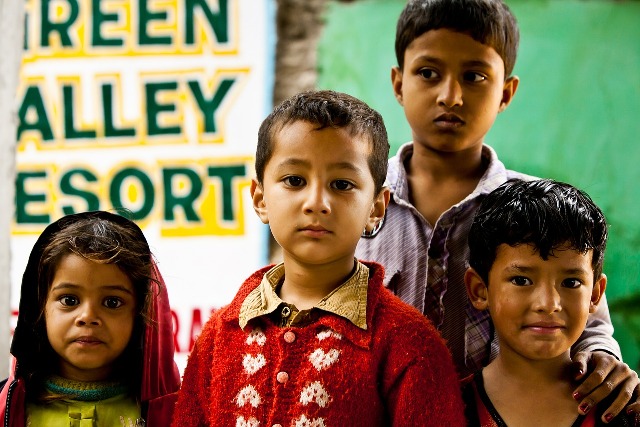Ending child labour requires a coming together of efforts, which address a wide spectrum of issues – economic, social, cultural and legal – that contribute to vulnerability and enable abuses. There are no one-size-fits-all solutions. It is nonetheless possible to identify some overarching regional policy priorities.
Expand access to free, quality public education
Education helps break intergenerational cycles of poverty and provides a worthwhile alternative to child labour. Evidence also suggests that, alongside the development and enforcement of criminal laws, the promotion of the right to education helps to prevent forced marriage. But, despite significant progress, many obstacles remain to ensuring that all children are able to attend school at least until they reach the minimum age for work.
Extend social protection systems
Vulnerabilities associated with poverty, sudden job loss, natural disasters, economic crisis and other shocks can force households to resort to child labour as a coping mechanism. Social protection is critical to mitigating these vulnerabilities. Cash transfer schemes, public employment programmes, health protection, maternity protection, disability benefits and unemployment protection are all relevant in this regard, within a well-designed social security system.
Protect children in conflict and disaster
These fragile situations – characterized by income shocks, a breakdown in formal and family social support networks, displacement
and disruptions in basic services provision – create an elevated risk of child labour. Prevention and protection measures addressing child labour and modern slavery should be systematically included during all phases of humanitarian action.
Address debt bondage
Global estimates by the International Labour Organization reveal a very high prevalence of debt bondage as a means of coercion in India– more than half the victims of forced labour were in some form of debt bondage. These statistics also capture cases of forced child labour which involve children working with or for their parents who are themselves in forced labour. A common example is child labour in the context of family-bonded agricultural work. This finding makes clear that prevention and protection policies must also tackle the roots of debt bondage and bonded labour systems.
Build evidence base
Modern slavery affecting children, including commercial sexual exploitation and child marriage, is an especially important knowledge gap in India, according to Alliance 8.7, the new global alliance to eradicate forced labour, modern slavery, human trafficking and child labour.
There is also an ongoing need for information about the impact of policies and interventions in order to guide policy choices, if we are to end child labour in India.
Article Credit:- TheCSRJournal

